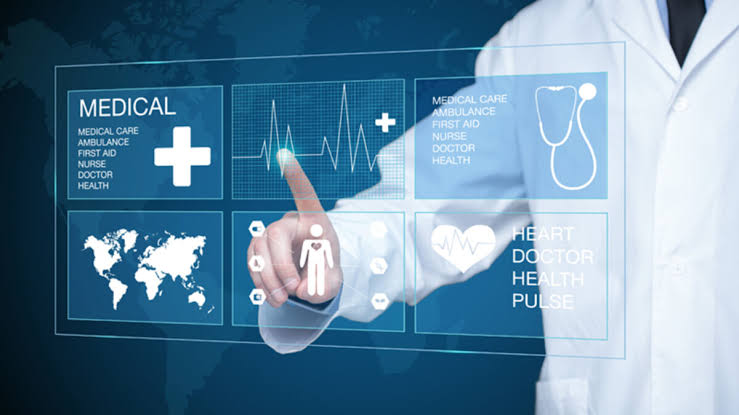The medical device product development lifecycle follows five general steps that will help ensure the efficiency and safety of the device in question. The development pipeline incorporates several stages covering medical device design, clinical trials, risk management, and final manufacture.
Innovation in Medtech is accelerating the growth of the industry and contributing towards improved lives and sophistication in medical care. Medtech development journey, from ‘concept to commercialization,’ must be validated to ensure that it will produce the desired results. The FDA has defined five stages for Medtech product development to prepare them for the market. These stages are part of quality system regulation (QSR). It is crucial to understand how these stages are interrelated and how one can store, share, and control its output.
The FDA identifies the following phases of medical device development:
- Initial ideation and risk analysis
- Conceptualization and feasibility
- Design and development
- Final validation
- Product launch and post-launch assessment
Phase 1: Initial Ideation and Risk Analysis
In the first phase of medical device development, you need to define what the product will do and identify its USP. It involves using the various data points to understand if the proposed product has sufficient demand and differentiation to move ahead with the project. The first phase also performs risk analysis and analyzes market prospects to determine which market it should enter. If you are convinced that your medical device has a good market position and is feasible ideally and financially, you can move to the next stage.
Phase 2: Conceptualization and Feasibility
You need to run a Proof of Concept on the project to demonstrate its feasibility. Gather customer data points, run surveys, conduct research with clinicians and patients, and take feedback. Perform market research and competition analysis. It will help you determine if your concept is feasible and deliver on the market and customer needs efficiently.
Phase 3: Design and Development – Verification and Validation
The next phase in medical device development will help you control your product’s design and development. The workflow covers planning, design, review, and approval of products to reduce failure risk and optimize it for end-users. The user requirements you gathered in the previous phase are documented as User Requirements Specifications document (URS). You also need to refer to Engineering Design Specifications (EDS). Verify your product against the EDS, and validate it with URS.
Phase 4: Final Validation
You must assemble the data and documentation to submit it to the regulatory authorities. The competent authority will audit your product and process. They will inspect your premise and analyze your files including, the Design History File (DHF) and the Device History Record (DHR).
Phase 5: Product Launch and Post-Launch Assessment
After you get the approval to launch your product, you need to select a competent manufacturer. Your QMS tools will enable you to publish files to an Extranet. The prospective manufacturer can easily access the documentation to streamline device production. Once you launch your product, you must capture customer complaints and feedback. Adopt the right approach to facilitate suitable, appropriate action based on the product’s reviews.
To Conclude:
These are the five phases involved in medical product development. You need to efficiently guide the process through these stages to ensure design control and optimize product safety and effectiveness.


